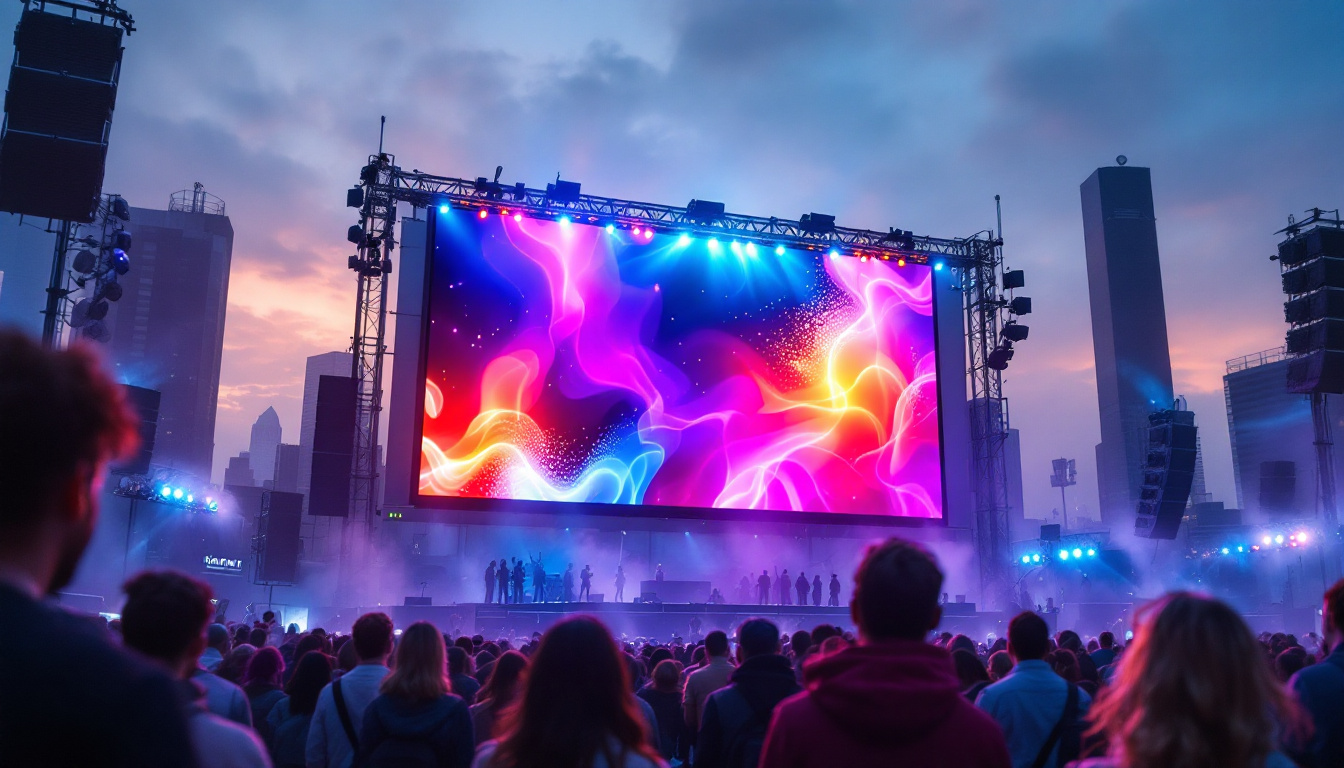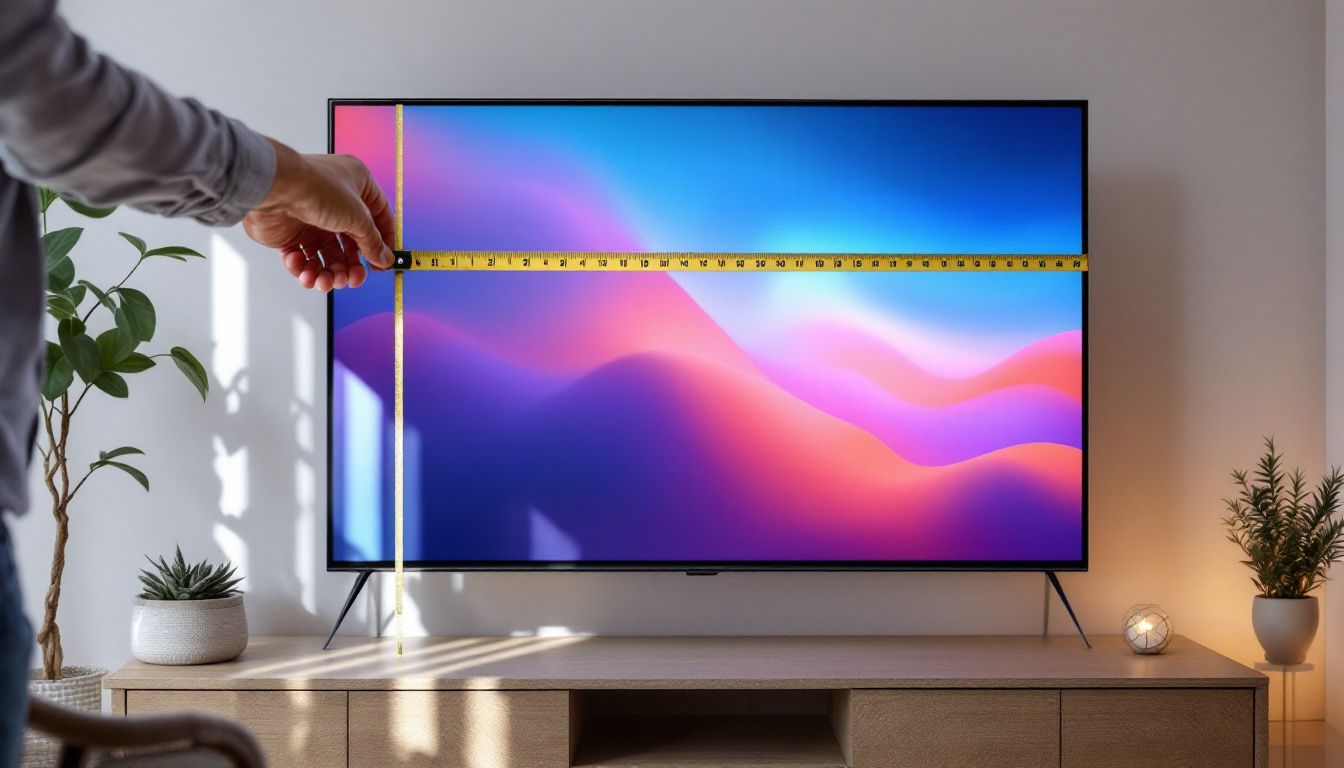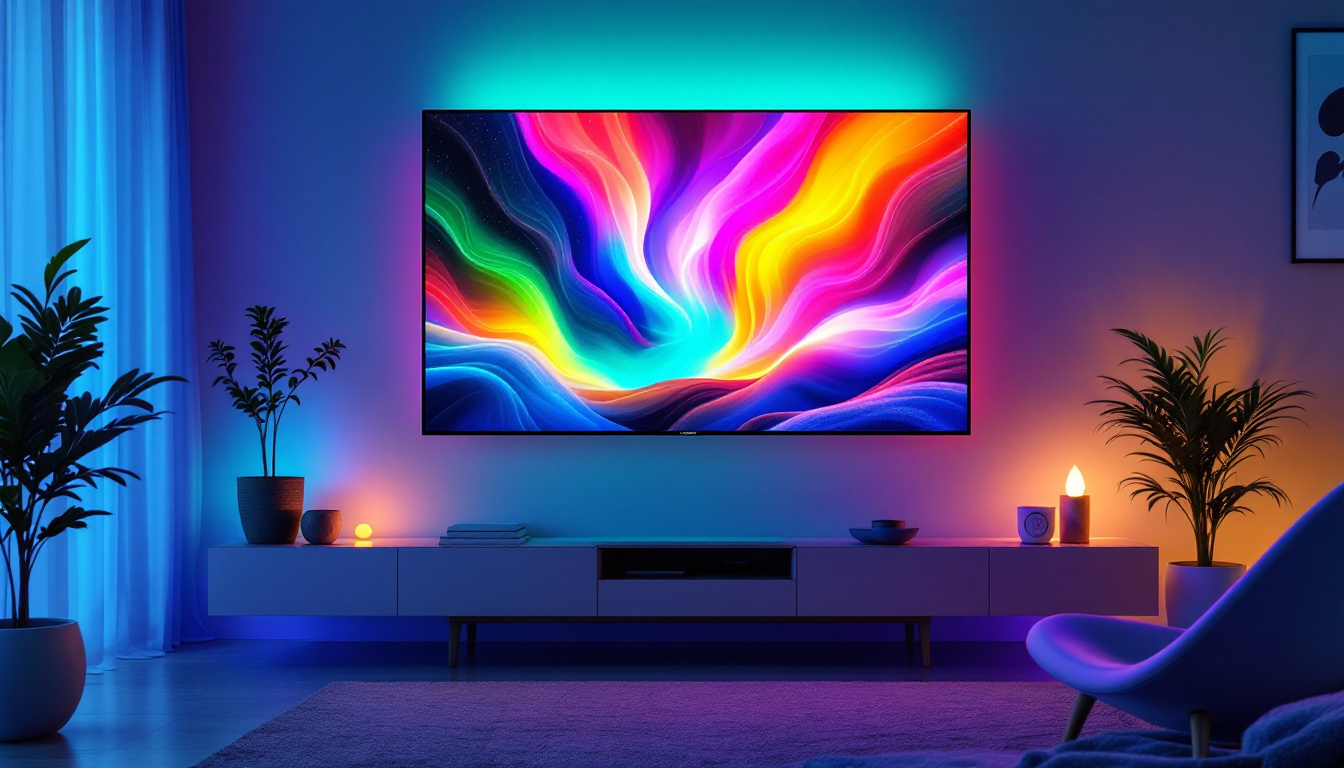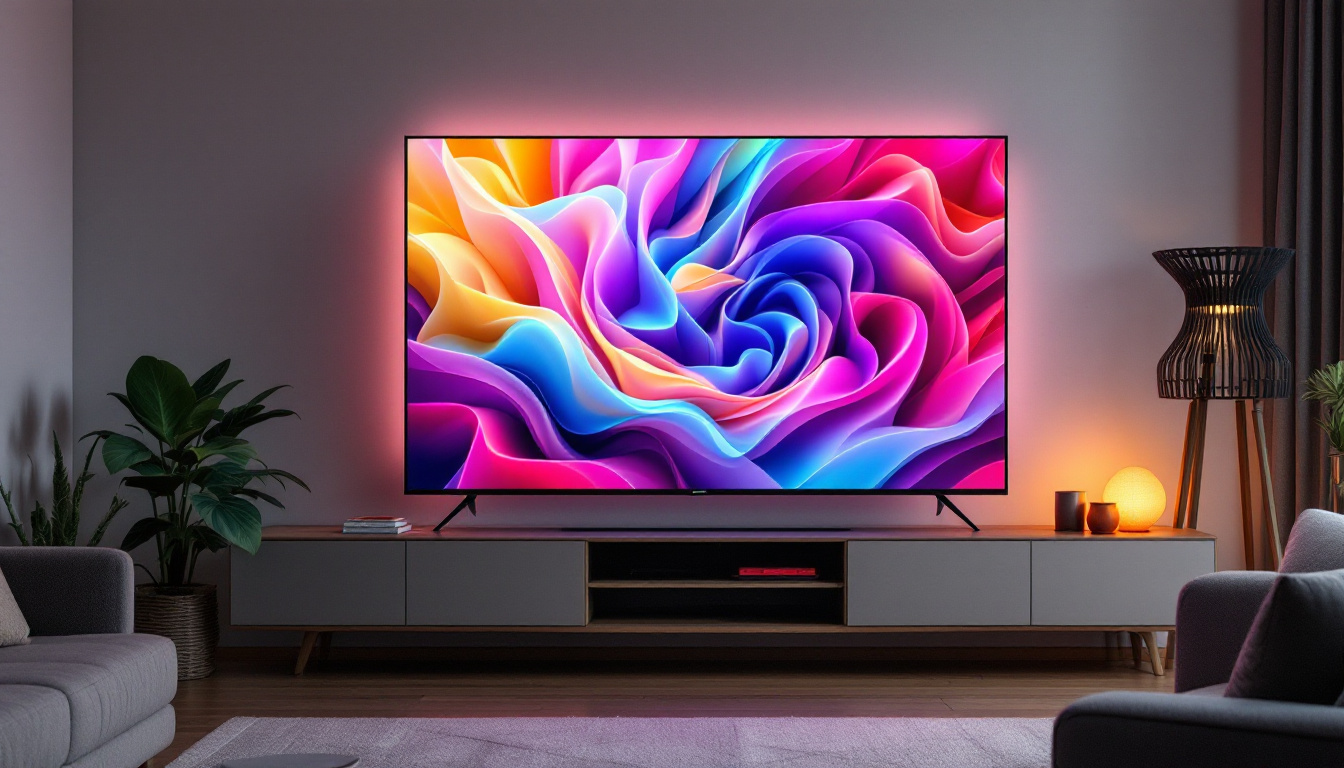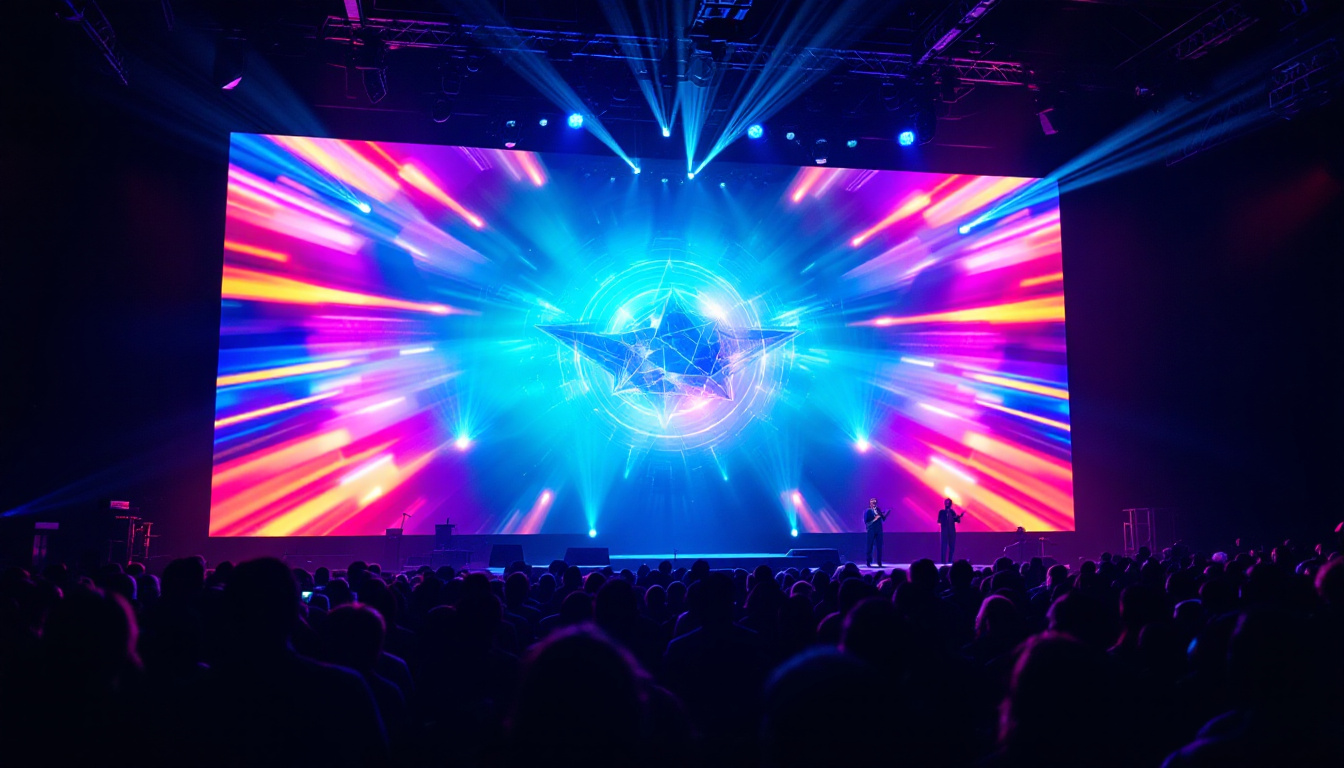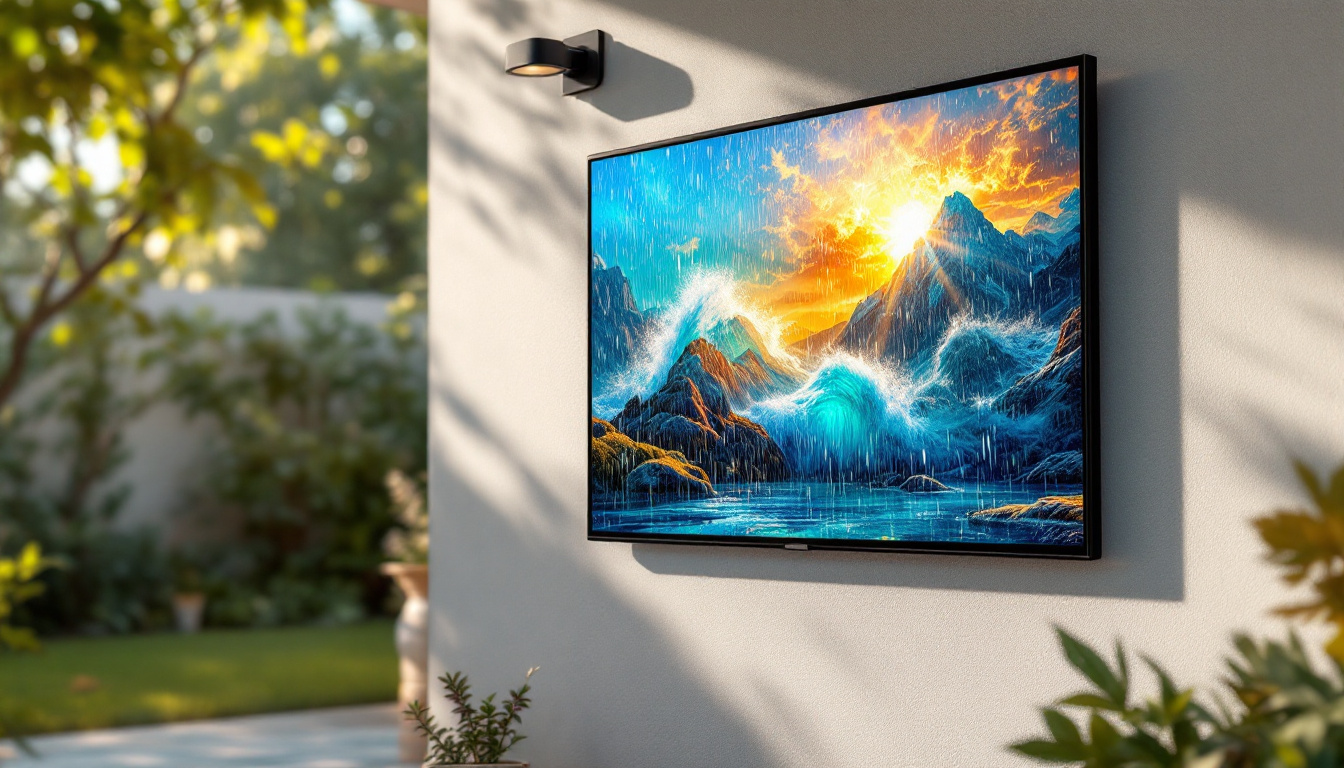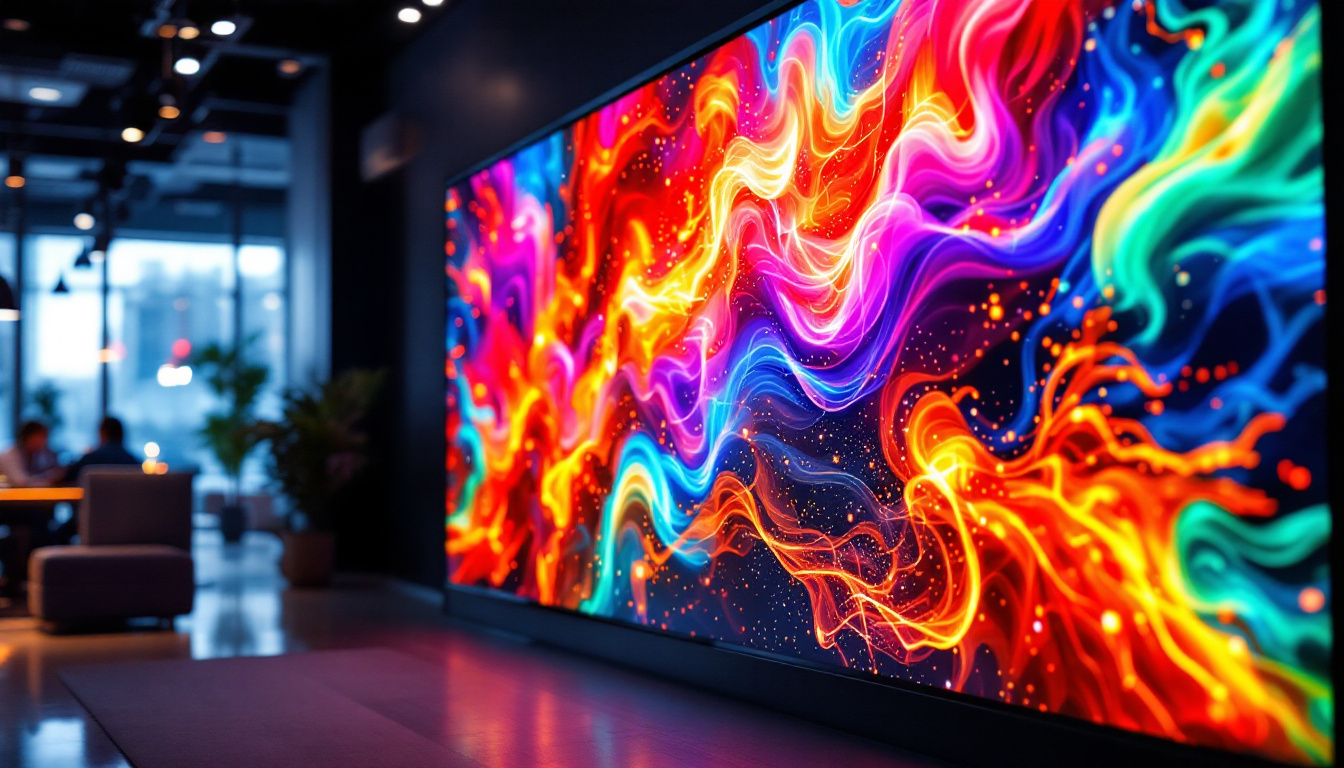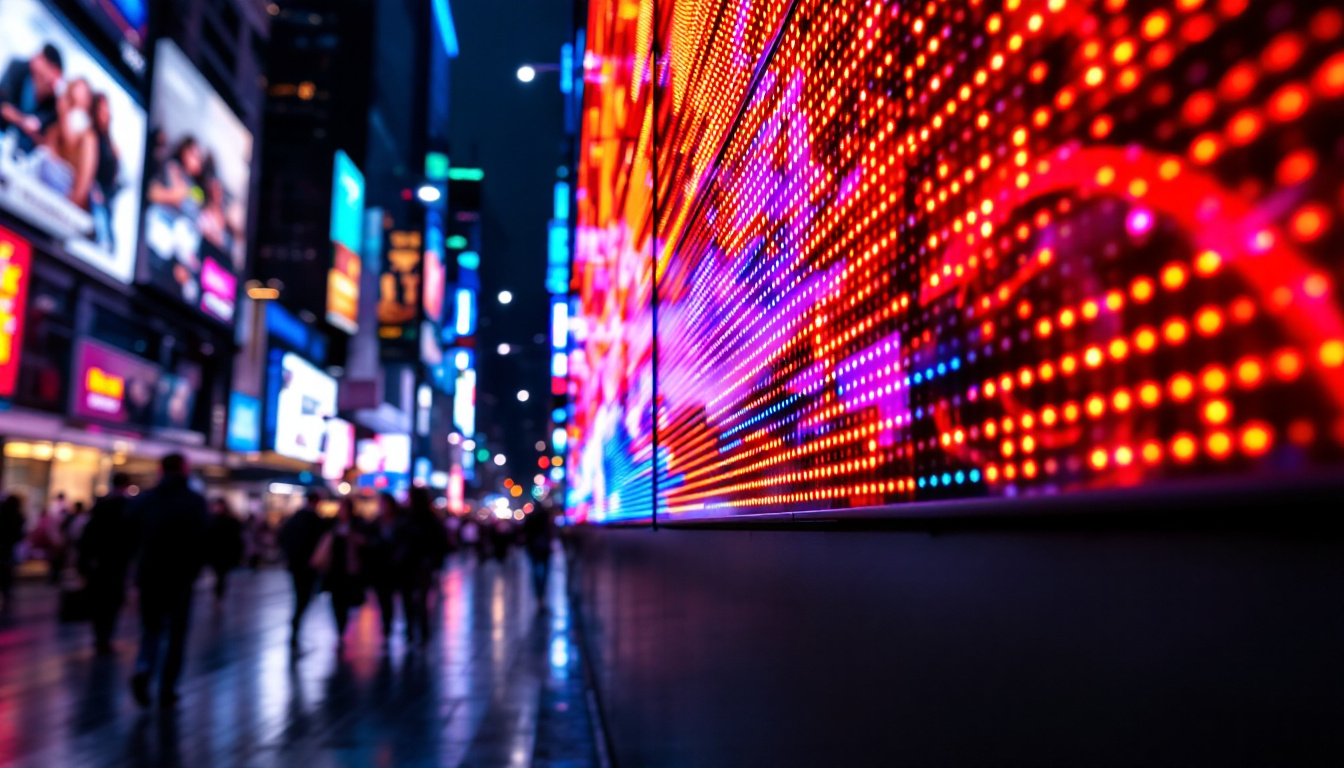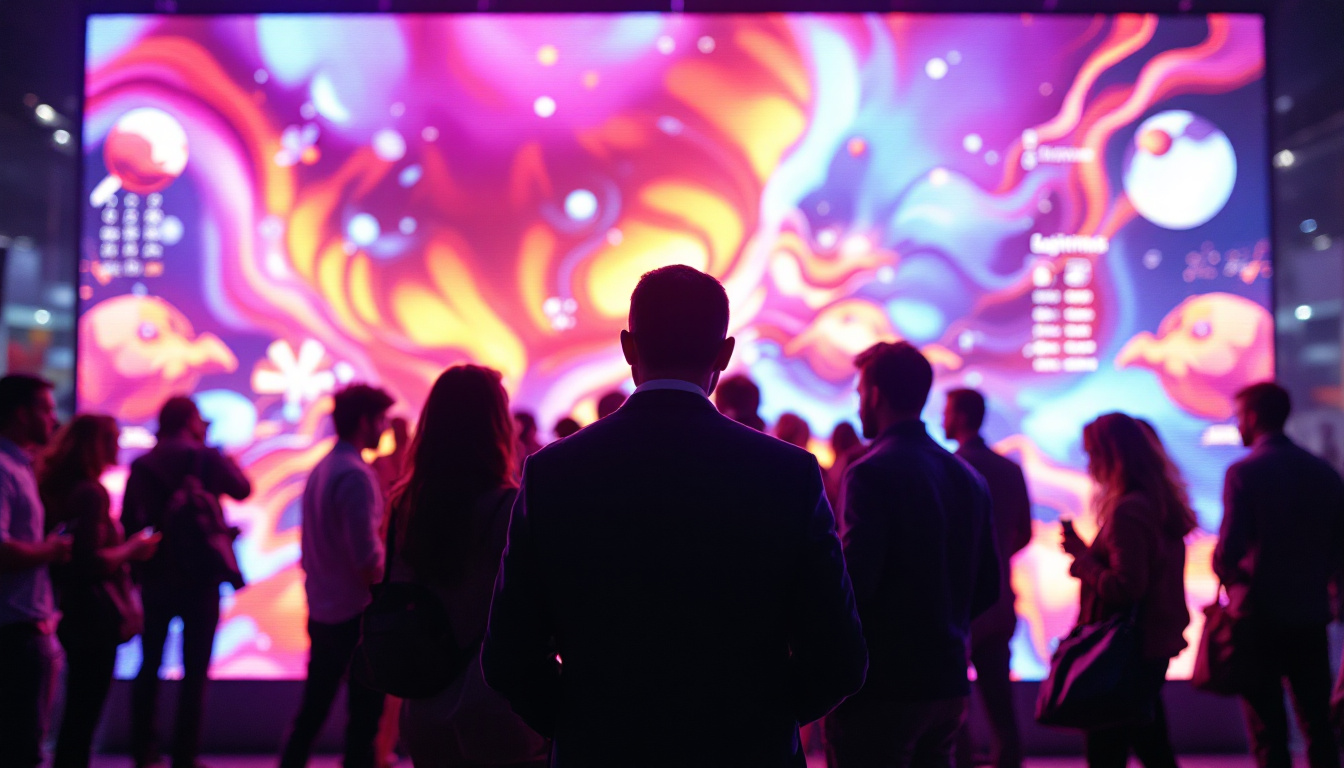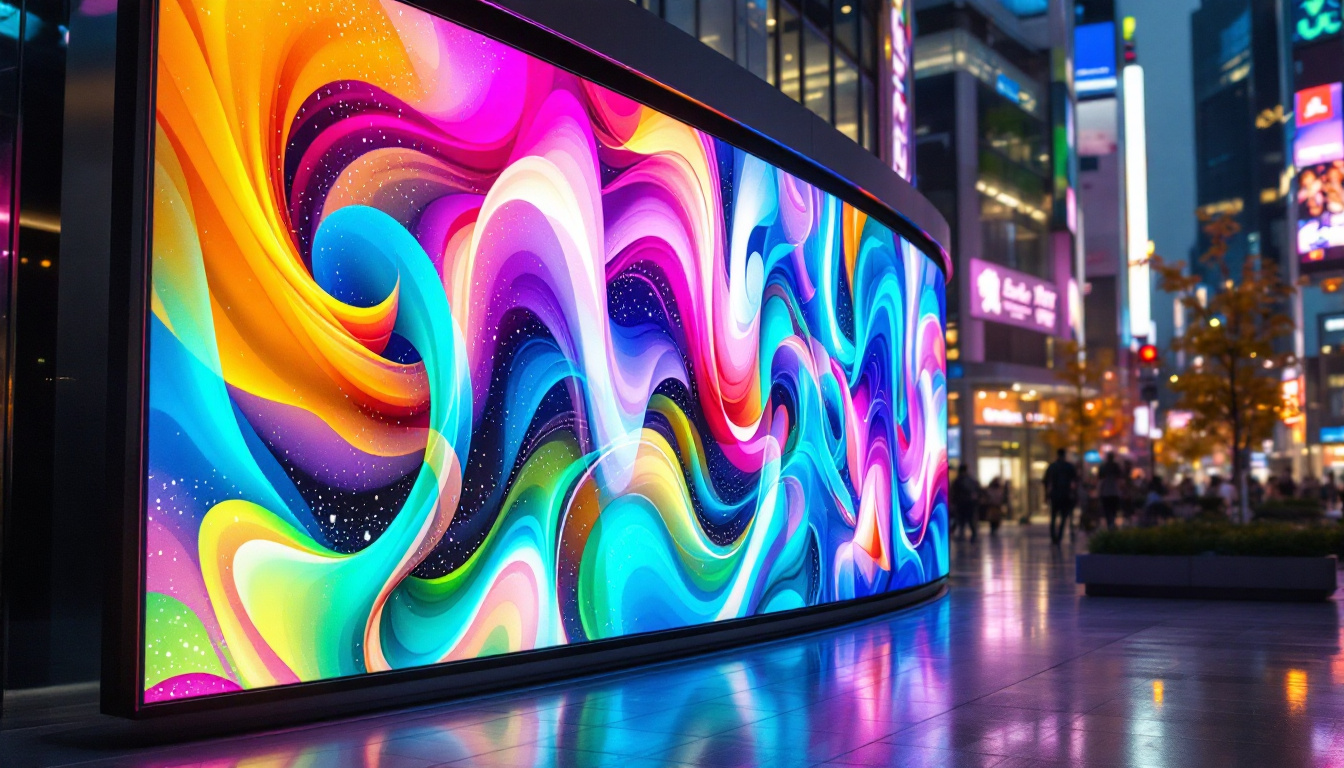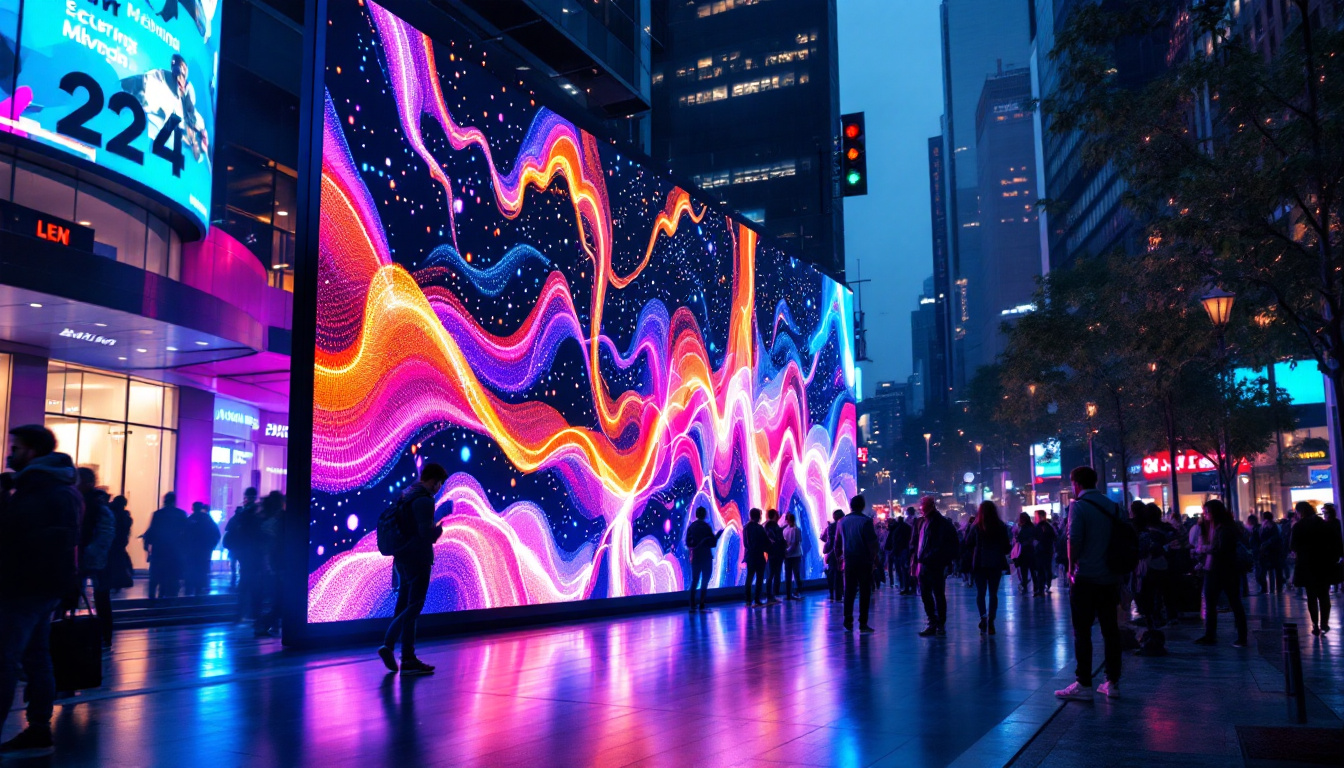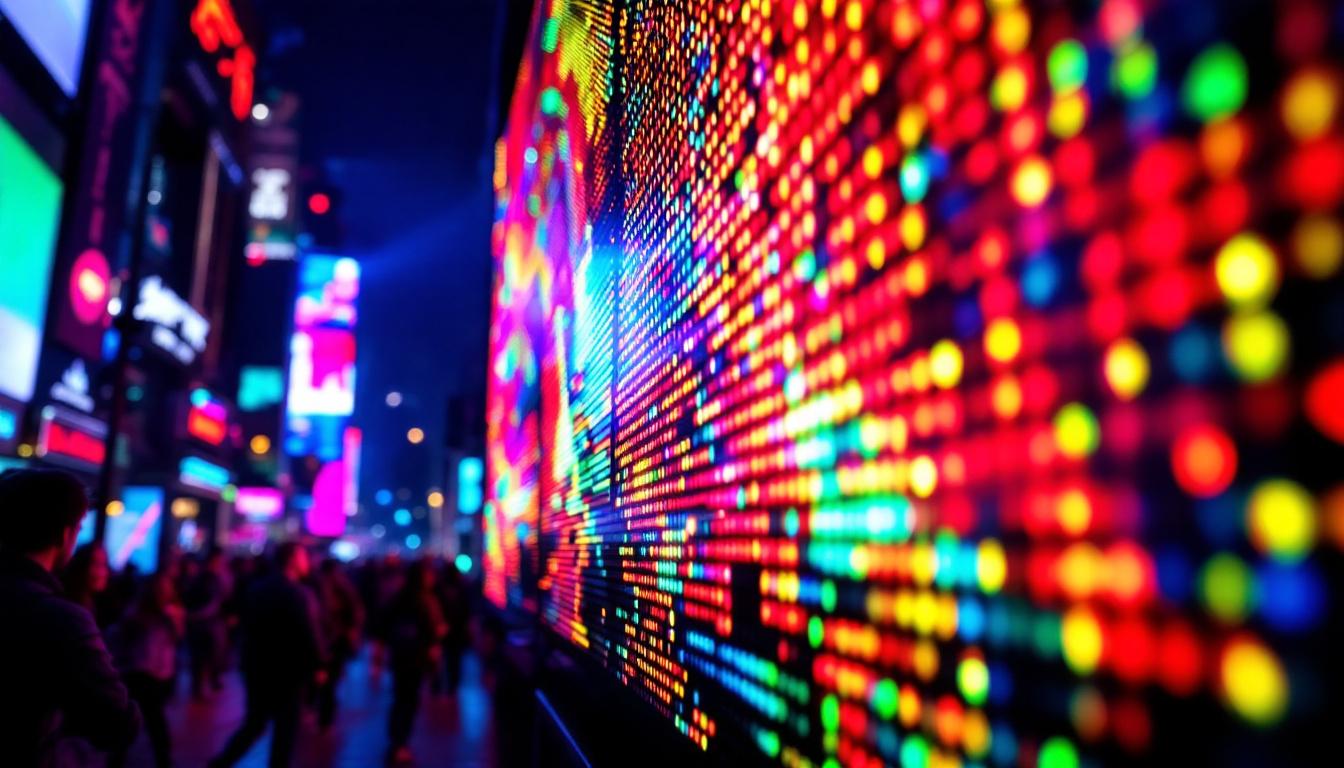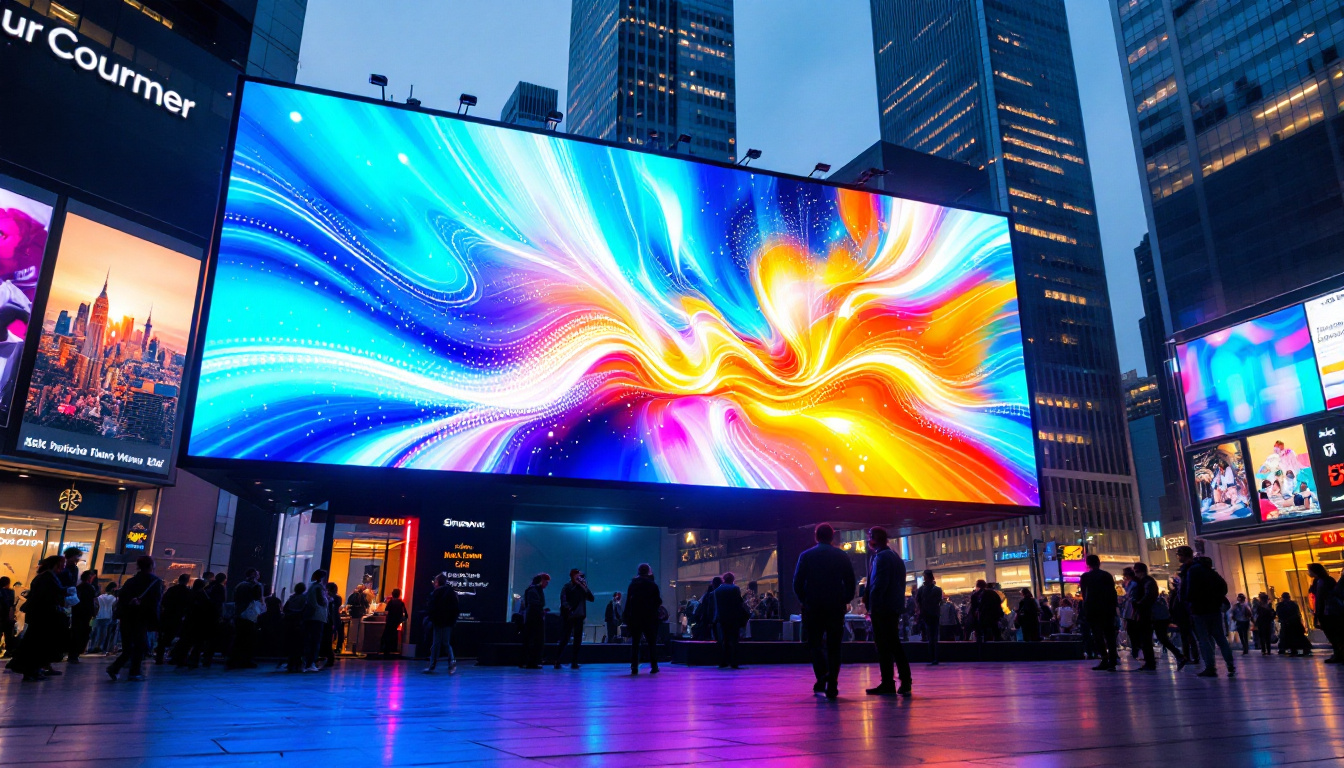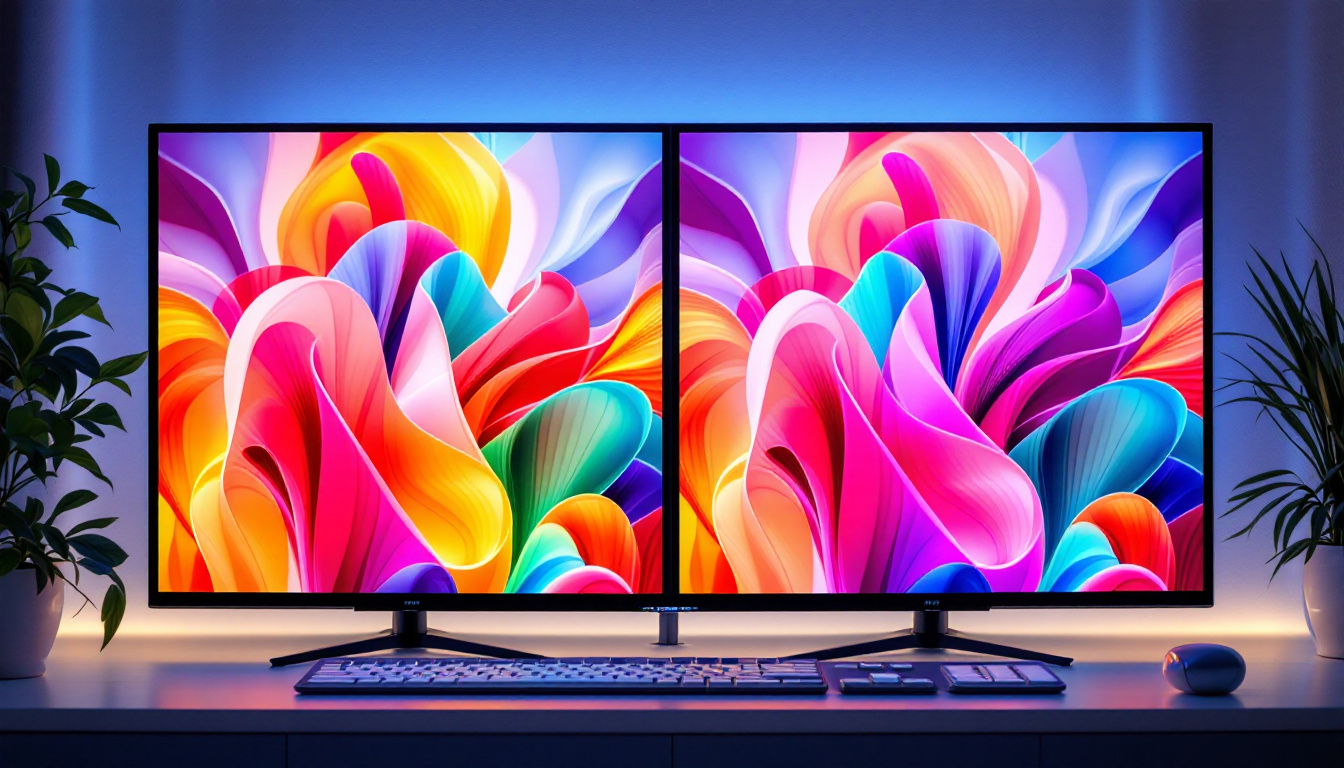In the ever-evolving world of display technology, LED displays have emerged as a leading choice for both consumers and professionals alike. With their vibrant colors, energy efficiency, and versatility, LED displays have transformed how we experience visual content. This article delves into the intricacies of LED technology, comparing it with plasma displays, and exploring its applications and future prospects.
Understanding LED Technology
Light Emitting Diodes (LEDs) are semiconductor devices that emit light when an electric current passes through them. This technology has revolutionized the display industry, providing a brighter and more efficient alternative to traditional display technologies. The rise of LED technology has not only transformed how we view images and videos but has also significantly impacted energy consumption and sustainability in the electronics industry.
The Basics of LED Displays
LED displays consist of a matrix of tiny LED lights that work together to produce images. Each pixel in an LED display is made up of red, green, and blue (RGB) LEDs, which combine to create a full spectrum of colors. This RGB configuration allows for exceptional color accuracy and brightness, making LED displays ideal for a variety of applications, from televisions to large-scale advertising screens. The precision of color mixing in LEDs also enables the display of high-definition content, enhancing the viewing experience for consumers.
One of the key advantages of LED displays is their ability to produce high levels of brightness while consuming less power compared to other display technologies. This efficiency is particularly beneficial in outdoor settings where sunlight can wash out the visibility of screens. Additionally, LED displays are known for their longevity, often lasting tens of thousands of hours with minimal degradation in quality. This durability makes them a cost-effective choice over time, as they require less frequent replacement and maintenance, further solidifying their position in both consumer and commercial markets.
Types of LED Displays
LED displays come in various forms, each tailored to specific applications. The most common types include:
- Direct View LED: These displays use individual LEDs to create images, often seen in large outdoor billboards and stadium screens.
- LED-backlit LCD: These displays use LEDs to illuminate an LCD panel, providing improved brightness and contrast over traditional fluorescent backlighting.
- Organic LED (OLED): A more advanced technology where organic compounds emit light, allowing for thinner displays and deeper blacks.
Each type of LED display has its unique benefits, catering to different needs and environments. Understanding these variations helps consumers make informed choices based on their specific requirements. For instance, while Direct View LEDs are ideal for high-visibility outdoor advertising, OLED displays are often favored in high-end televisions due to their superior contrast ratios and color depth. Moreover, advancements in LED technology continue to emerge, such as Mini-LED and Micro-LED, which promise even greater efficiency and display quality, pushing the boundaries of what is possible in visual technology.
Furthermore, the integration of smart technology with LED displays has opened up new avenues for interactivity and user engagement. Smart LED displays can connect to the internet, allowing for dynamic content updates and real-time information sharing. This capability is particularly advantageous in environments like retail, where businesses can display targeted advertisements based on customer demographics or current trends. As the demand for more interactive and visually striking displays grows, the versatility of LED technology positions it at the forefront of modern display solutions.
The Rise of Plasma Displays
Before the dominance of LED technology, plasma displays were the go-to choice for high-quality visual output, particularly in large-screen televisions. Plasma technology operates by using gas-filled cells that emit ultraviolet light when electrically charged, which in turn illuminates phosphors to produce images. This unique method of image production allowed for a level of detail and vibrancy that was unmatched at the time, making plasma displays a favorite among videophiles and professionals alike.
Advantages of Plasma Displays
Plasma displays were celebrated for their ability to produce rich colors and deep blacks, making them particularly popular for home theaters. Their wide viewing angles also made them an attractive option for group viewing experiences. Additionally, plasma screens were known for their impressive motion handling, making them suitable for fast-paced content such as sports and action films. The technology also allowed for larger screen sizes without compromising on quality, which was a significant advantage for consumers looking to create an immersive viewing experience in their living rooms.
Moreover, plasma displays offered a natural color reproduction that many enthusiasts preferred over the sometimes overly bright and artificial look of LED screens. The ability to display subtle gradients and shades made them ideal for watching movies and enjoying artful cinematography. This was particularly evident in darker scenes where the deep blacks of plasma screens could enhance the overall mood and atmosphere, drawing viewers deeper into the narrative.
Challenges Faced by Plasma Technology
Despite their advantages, plasma displays faced several challenges that ultimately led to their decline in popularity. One significant drawback was their susceptibility to burn-in, where static images could become permanently etched into the screen. This issue was particularly problematic for users who often left their televisions on a single channel or displayed logos for extended periods. Furthermore, plasma displays were generally less energy-efficient than their LED counterparts, leading to higher operational costs. The heat generated by plasma screens also required more robust cooling solutions, which added to their overall bulk and weight compared to the sleek designs of modern LED TVs.
As manufacturers shifted their focus towards LED technology, the production of plasma displays decreased, eventually leading to their discontinuation in the consumer market. However, the legacy of plasma technology remains, particularly in the realm of high-quality visual output. Many professionals in the film and television industry still regard plasma displays as a benchmark for color accuracy and dynamic range, often using them in critical viewing environments where precision is paramount. Additionally, the advancements made in plasma technology have influenced the development of newer display technologies, such as OLED, which aims to combine the best features of both plasma and LED displays while mitigating their respective drawbacks.
Comparing LED and Plasma Displays
The debate between LED and plasma displays often centers around image quality, energy efficiency, and overall performance. While both technologies have their merits, understanding their differences can help consumers make the best choice for their needs.
Image Quality
When it comes to image quality, plasma displays were often favored for their superior color reproduction and contrast ratios. The ability of plasma screens to produce deeper blacks made them ideal for cinematic experiences. However, LED technology has made significant strides in this area, with advancements in local dimming and HDR (High Dynamic Range) capabilities enhancing color accuracy and contrast.
Energy Efficiency
LED displays have a clear advantage in terms of energy efficiency. They consume significantly less power than plasma displays, making them a more sustainable choice for both consumers and businesses. This efficiency not only reduces electricity bills but also contributes to a lower carbon footprint.
Longevity and Durability
LED displays generally have a longer lifespan compared to plasma displays. While plasma screens can last around 30,000 to 60,000 hours, LED displays can exceed 100,000 hours with proper usage. Additionally, LED displays are more resistant to physical damage, making them suitable for a wider range of environments.
Applications of LED Displays
LED displays are versatile and find applications across various sectors, from entertainment to advertising and beyond. Their adaptability makes them a preferred choice in numerous settings.
Advertising and Marketing
One of the most prominent uses of LED displays is in advertising. Digital billboards and signage utilize LED technology to capture attention with vibrant colors and dynamic content. These displays can easily be updated, allowing businesses to promote special offers or events in real-time. The ability to display high-resolution images and videos enhances the effectiveness of marketing campaigns.
Entertainment and Events
In the entertainment industry, LED displays are ubiquitous. Concerts, festivals, and sporting events often feature large LED screens that provide audiences with an immersive experience. The high brightness and contrast of LED technology ensure that visuals remain clear and engaging, even in outdoor settings. Additionally, LED walls can be configured in various shapes and sizes, offering creative solutions for stage design.
Commercial and Residential Use
LED displays are also widely used in commercial and residential settings. From digital signage in retail stores to home theater setups, the versatility of LED technology caters to diverse needs. Smart TVs, which often utilize LED technology, provide consumers with access to high-definition content and streaming services, enhancing the overall viewing experience.
The Future of LED Technology
As technology continues to advance, the future of LED displays looks promising. Innovations in microLED and miniLED technologies are paving the way for even more efficient and high-quality displays.
MicroLED Technology
MicroLED is an emerging technology that utilizes microscopic LEDs to create individual pixels. This advancement promises to deliver superior image quality, improved energy efficiency, and greater flexibility in display design. MicroLED displays can achieve higher brightness levels and better color accuracy, making them an exciting prospect for future applications.
MiniLED Technology
MiniLED technology serves as a bridge between traditional LED and OLED displays. By using smaller LEDs for backlighting, miniLED displays can achieve improved contrast ratios and localized dimming. This technology is particularly beneficial for high-end televisions, providing an enhanced viewing experience without the drawbacks of OLED, such as burn-in.
Integration with Smart Technology
The integration of LED displays with smart technology is also on the rise. As the Internet of Things (IoT) continues to expand, LED displays are becoming increasingly connected, allowing for seamless interaction with other smart devices. This connectivity opens up new possibilities for personalized content delivery and enhanced user experiences.
Conclusion
In summary, LED displays have established themselves as a dominant force in the display technology landscape, offering numerous advantages over traditional plasma displays. With their vibrant colors, energy efficiency, and versatility, LED displays are poised to continue shaping the way visual content is experienced across various sectors.
As advancements in microLED, miniLED, and smart technology emerge, the potential for LED displays is greater than ever. Whether in advertising, entertainment, or personal use, LED technology is set to redefine visual experiences for years to come.
Understanding the nuances of LED displays and their applications empowers consumers and professionals to make informed decisions, ensuring that they choose the right technology for their needs. The future of display technology is bright, and LED displays are at the forefront of this exciting evolution.
Explore the Future of Visual Technology with LumenMatrix
As you’ve seen, LED displays are transforming the way we interact with visual content, offering unparalleled vibrancy, efficiency, and versatility. If you’re ready to elevate your visual experience and engage with your audience like never before, look no further than LumenMatrix. Our cutting-edge LED display solutions, ranging from Indoor and Outdoor LED Walls to innovative Transparent Displays, are designed to captivate and communicate with impact. Discover how LumenMatrix can illuminate your brand’s message and create unforgettable visual experiences. Check out LumenMatrix LED Display Solutions today and join the visual revolution.








